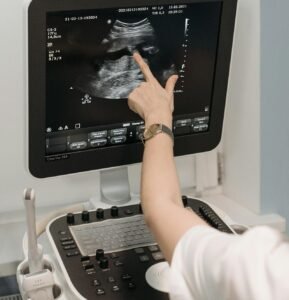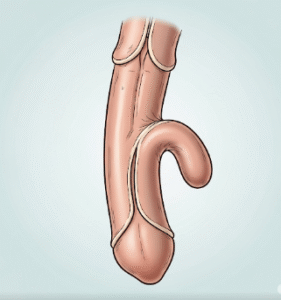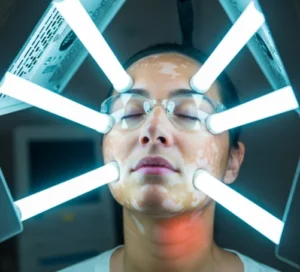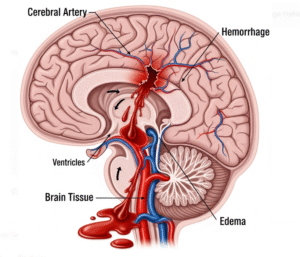Overview
A Transient Ischaemic Attack (TIA), often referred to as a “mini-stroke,” is a temporary period of neurological dysfunction caused by a brief disruption of blood flow to the brain, spinal cord, or retina. Unlike a full stroke, TIA symptoms resolve within minutes to hours without causing permanent damage. However, TIAs are important warning signs, as they indicate a heightened risk of future stroke. In South Korea, advanced neurology services, rapid diagnostic protocols, and preventative strategies allow early identification and treatment of TIA, reducing long-term complications and improving patient outcomes.
What is a TIA?
A TIA occurs when blood flow to a part of the brain is temporarily blocked by a blood clot or narrowed blood vessels, depriving brain tissue of oxygen. The blockage is transient, and normal blood flow resumes before permanent brain injury occurs. TIAs are considered critical medical events because they often precede major strokes. In Korea, neurologists emphasize rapid evaluation, imaging, and risk factor management to prevent progression to severe stroke and associated disabilities.
Symptoms
Symptoms of TIA typically appear suddenly and are temporary, lasting from a few minutes to several hours. Common symptoms include:
- Sudden weakness or numbness in the face, arm, or leg, often on one side of the body
- Difficulty speaking or understanding speech (aphasia)
- Sudden vision problems, including blurred or double vision, or temporary loss of vision in one eye
- Dizziness, loss of balance, or difficulty walking
- Sudden severe headache without a known cause
- Facial drooping on one side
Because symptoms resolve quickly, many people may not seek immediate care, which is why public awareness and rapid medical evaluation in South Korea are emphasized.
Causes
TIA is caused by a temporary reduction in blood flow to the brain. Common causes include:
- Atherosclerosis: Narrowing of blood vessels due to plaque buildup
- Blood clots: Emboli from the heart, often associated with atrial fibrillation or heart valve disease
- Small vessel disease: Blockage of tiny arteries within the brain
- Vascular spasms or dissection: Sudden constriction or tearing of a blood vessel
- Other medical conditions: High blood pressure, diabetes, high cholesterol, or smoking-related vascular damage
Korean healthcare providers evaluate these causes through detailed medical history, imaging studies, and cardiovascular assessments to prevent future strokes.
Risk Factors
Several factors increase the risk of experiencing a TIA:
- Hypertension (high blood pressure)
- Atrial fibrillation or other heart rhythm disorders
- Diabetes and metabolic syndrome
- High cholesterol and atherosclerosis
- Smoking and excessive alcohol consumption
- Age over 55 years
- Family history of stroke or cardiovascular disease
- Sedentary lifestyle and obesity
Identifying and managing these risk factors is a key part of TIA prevention programs in South Korea.
Complications
Although TIAs do not cause permanent brain damage, they are warning signs of potential future strokes. Complications include:
- Increased risk of ischemic stroke within days or months
- Cognitive difficulties or memory impairment if recurrent TIAs occur
- Emotional and psychological effects, including anxiety about stroke risk
- Cardiovascular complications if underlying heart conditions remain untreated
- Disability or functional impairment if a subsequent full stroke occurs
South Korean hospitals emphasize close follow-up, lifestyle modifications, and medical management to reduce these risks.
Prevention
Preventive strategies focus on controlling risk factors, improving vascular health, and promoting awareness:
- Blood pressure management: Regular monitoring and medication adherence
- Heart health: Treating atrial fibrillation or other cardiac disorders
- Healthy diet and exercise: Reducing cholesterol, controlling weight, and improving circulation
- Smoking cessation and limiting alcohol intake
- Blood sugar control: Particularly for patients with diabetes
- Medications: Antiplatelet or anticoagulant therapy as prescribed
- Regular check-ups: Monitoring vascular and neurological health
In Korea, public health campaigns emphasize early recognition of TIA symptoms and urgent medical consultation.
Treatment Options in Korea
Treatment of TIA in South Korea is rapid, multidisciplinary, and aimed at preventing a full stroke:
Diagnosis:
- Immediate neurological assessment
- Brain imaging using CT or MRI to rule out stroke
- Carotid ultrasound or angiography to detect vascular blockages
- Cardiac evaluation, including ECG or echocardiography
- Blood tests to assess cholesterol, glucose, and clotting factors
Medical Treatments:
- Antiplatelet therapy: Aspirin or clopidogrel to prevent clot formation
- Anticoagulants: For patients with atrial fibrillation or high embolic risk
- Statins: To reduce cholesterol and stabilize atherosclerotic plaques
- Blood pressure control medications: To prevent further vascular injury
- Lifestyle interventions: Diet, exercise, and smoking cessation programs
Surgical or Advanced Therapies:
- Carotid endarterectomy: Removal of plaque in the carotid artery
- Angioplasty and stenting: To open narrowed or blocked vessels
Follow-up and Supportive Care:
- Patient education on recognizing TIA symptoms and seeking immediate care
- Regular cardiovascular and neurological checkups
- Rehabilitation programs if neurological deficits develop after recurrent events
South Korean hospitals emphasize rapid intervention, risk factor management, and patient education to prevent stroke and ensure long-term neurological health.













